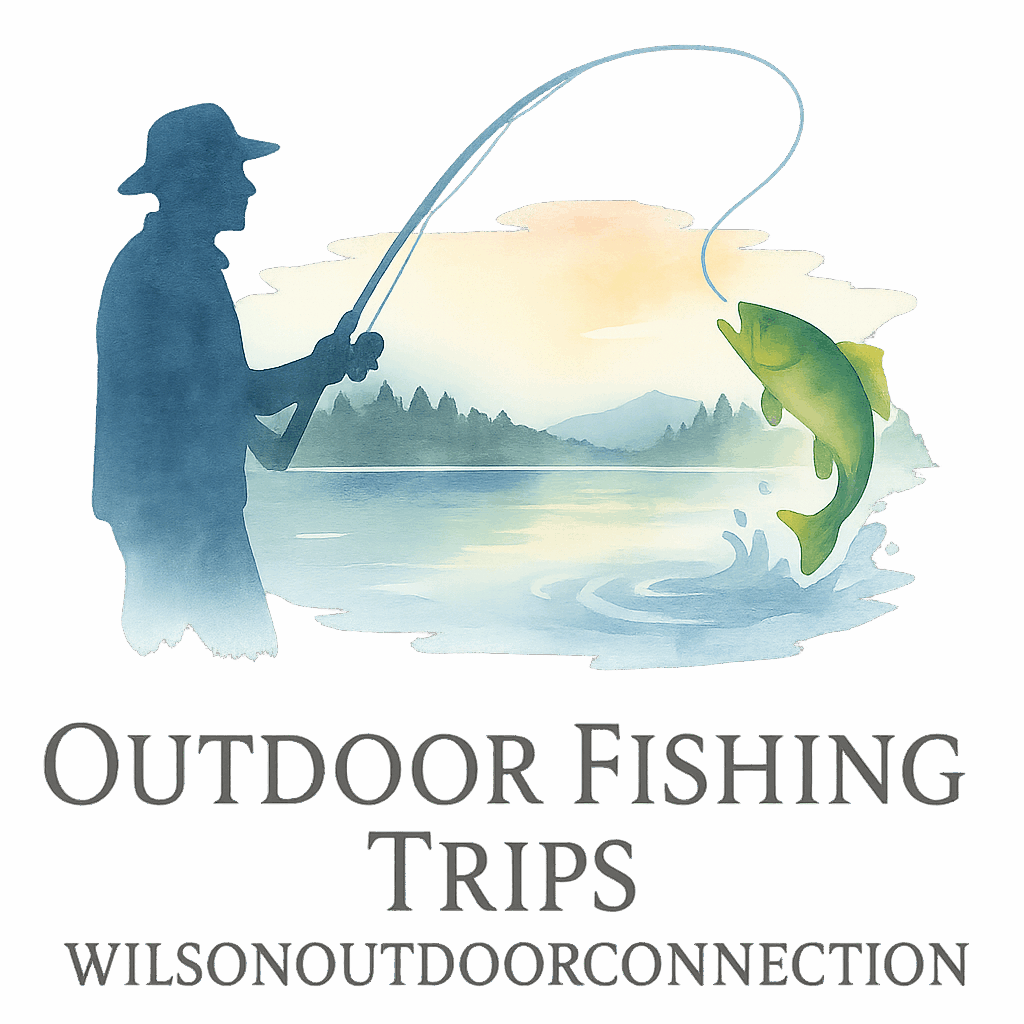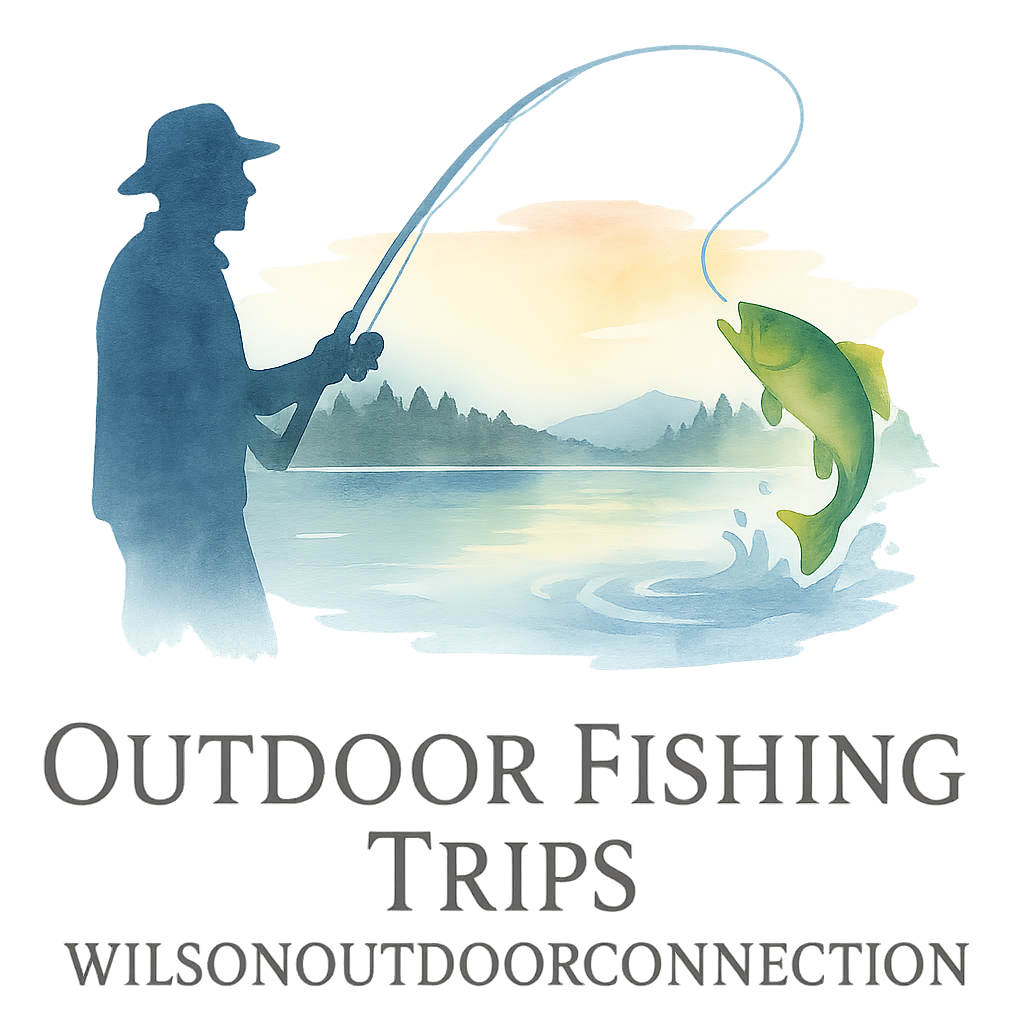In the world of fishing, it’s easy to get caught up in the thrill of the catch—but have you ever stopped to consider the environmental impact of your gear? Whether you’re a weekend angler or a seasoned pro, it’s time to level up your fishing game with gear that’s as good for the planet as it is for your next big catch.
Why Eco-Friendly Fishing Matters
Fishing and nature go hand in hand. So, it only makes sense that we do our part to protect the very ecosystems we enjoy. Traditional fishing gear, like lead sinkers or plastic lines, can harm aquatic life, leach toxins, and create long-lasting pollution. Choosing eco-friendly gear isn’t just a trend—it’s a responsibility.
What Makes Fishing Gear Eco-Friendly?
When we talk about “eco-friendly fishing gear,” we’re referring to products that are made with sustainability, minimal environmental impact, and ethical production in mind.
Sustainability & Biodegradability
This means gear that naturally breaks down or comes from renewable resources.
Durability and Reusability
Long-lasting items that reduce waste over time.
Ethical Manufacturing
Products created by companies committed to reducing their carbon footprint and waste.
1. Biodegradable Fishing Line
How It’s Made
Biodegradable fishing lines are typically made from natural or synthetic materials that decompose over time, such as polybutylene succinate (PBS). These lines are designed to break down in both fresh and saltwater environments without leaving toxic residues.
Benefits for the Environment
Unlike traditional monofilament lines that can take 600 years to degrade, these eco-lines disappear in months. That’s a big win for marine life—and for us anglers who love clean water. Check out these fishing gear essentials to see what lines top our list.
2. Lead-Free Sinkers
Why Lead is Harmful
Lead sinkers are one of the leading causes of heavy metal poisoning in birds and fish. Swallowed sinkers can break down in their stomachs and poison them. Not exactly the kind of legacy we want to leave behind.
Eco-Safe Alternatives
Try sinkers made from steel, tin, bismuth, or even tungsten. These materials are non-toxic and perform just as well. It’s a small change with a big impact. You’ll find these options included in many beginner and affordable kits too.
3. Recycled Plastic Tackle Boxes
Reducing Plastic Waste
Instead of buying new, opt for tackle boxes made from recycled ocean plastics. Brands are now repurposing everything from water bottles to old fishing nets into storage solutions for anglers.
Best Eco Brands to Try
Look for certified eco-friendly brands that align with your values. A lot of great options are listed in the gear section of Wilson Outdoor Connection.

4. Bamboo Fishing Rods
Renewable Resource Advantage
Bamboo is one of the most sustainable materials on Earth—it grows quickly, requires little water, and doesn’t need pesticides. It’s perfect for eco-conscious anglers looking for a natural alternative to fiberglass rods.
Strength and Performance
Don’t let the natural aesthetic fool you—modern bamboo rods are tough, flexible, and made for serious fishing. Many combo sets now include bamboo as a standard option.
5. Solar-Powered Fishing Gadgets
Go Green with Tech
Solar-powered fish finders, lanterns, and power banks reduce your dependence on disposable batteries and electricity. Just leave them in the sun while you prep, and you’re good to go.
Best Uses While Fishing
These gadgets are perfect for camping and remote trips where outlets are a dream. You’ll find tons of tips on powering up naturally in our fishing trip planning guide.
6. Reusable Bait Containers
Bye-Bye Single-Use Plastics
Plastic tubs and wrappers from bait packaging often end up as trash in our lakes and rivers. Using silicone or recycled bait containers helps reduce that burden.
Handy and Eco-Friendly
They’re lightweight, easy to clean, and even help keep bait fresh longer. If you’re heading to one of your favorite fishing destinations or lakes, this is a must-pack item from your checklist.
7. Sustainable Fishing Apparel
Organic, Recycled, and Eco Fabrics
Eco-friendly shirts, pants, and hats are made from organic cotton, recycled polyester, or bamboo fiber. Not only do they help the planet, but they also offer great UV protection and breathability.
Function Meets Fashion
Stylish, durable, and kind to the environment? That’s a triple win. Whether you’re fishing solo or with family and friends, gear up the right way.
Where to Find the Best Eco-Friendly Gear
You don’t have to look far. Wilson Outdoor Connection has you covered with a full section dedicated to fishing gear essentials, accessories, and reviews focused on sustainability. You’ll even discover articles tagged with eco accessories, gear guides, and more.
Tips for Transitioning to Eco-Friendly Fishing
- Start Small: Swap one item at a time, like your line or sinkers.
- Educate Yourself: Read blogs, watch videos, and ask experts.
- Support Ethical Brands: Your dollars are your voice.
- Share the Knowledge: Encourage your crew to go green too!
Final Thoughts
Fishing is more than a hobby—it’s a tradition, a passion, and for many, a lifestyle. By choosing eco-friendly gear, you’re not just casting a line, you’re casting a vote for cleaner waters and healthier ecosystems. With every bait you cast and every tackle you pack, you have the power to protect the waters you love.
Explore more tips, gear guides, and green practices over at Wilson Outdoor Connection. Let’s fish smarter, not harder.
FAQs
1. What is the most eco-friendly fishing line?
Biodegradable lines made from PBS or similar materials are the best option—they break down naturally and are non-toxic to marine life.
2. Are bamboo fishing rods as strong as regular rods?
Yes! Modern bamboo rods are incredibly durable and flexible, making them a solid choice for eco-conscious anglers.
3. Can I still fish effectively with lead-free sinkers?
Absolutely. Eco-safe alternatives like tin and steel perform just as well without the environmental downside.
4. Is eco-friendly gear more expensive?
Initially, some products may cost a bit more, but they often last longer—making them more cost-effective over time.
5. Where can I buy sustainable fishing gear?
Visit Wilson Outdoor Connection for expert picks and eco-friendly gear recommendations.
6. Do solar-powered gadgets work well on cloudy days?
Yes, most come with battery backup or store energy from previous charges, so they’re reliable even with limited sun.
7. How do I convince others to switch to eco-friendly gear?
Lead by example, share the benefits, and show them how easy and impactful it can be!


